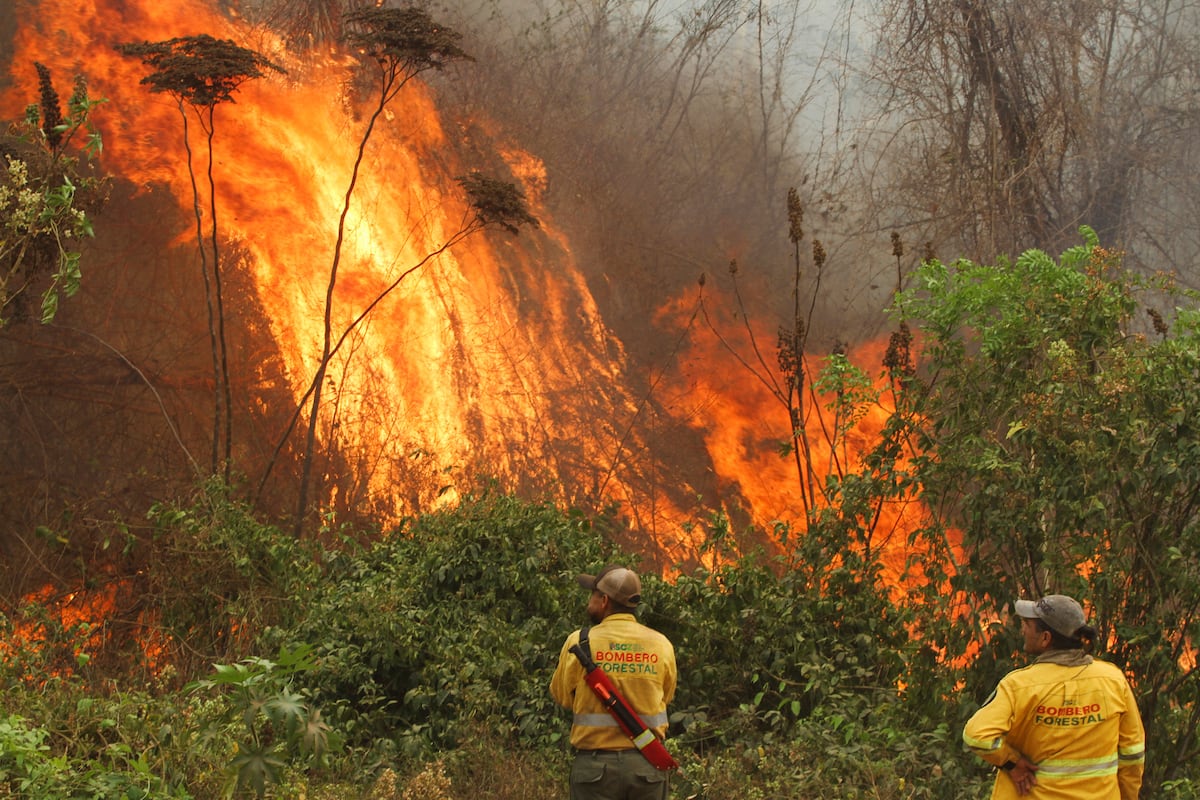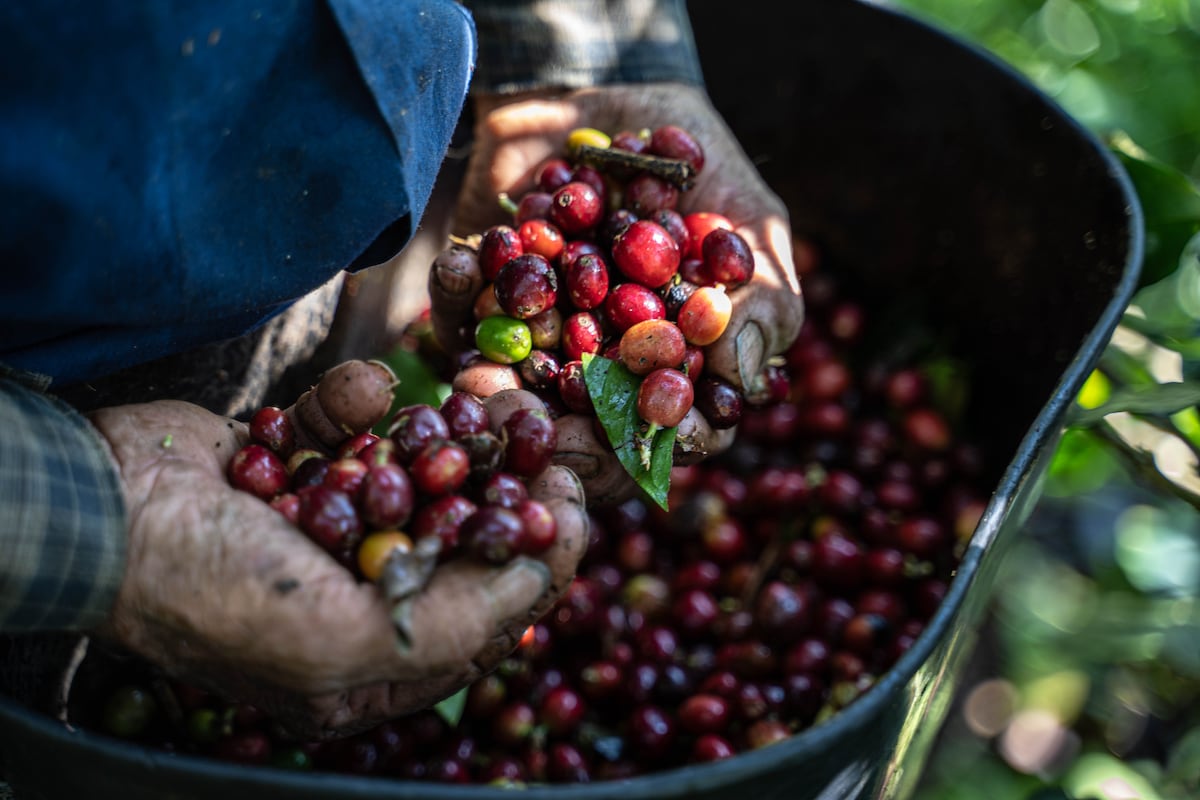Juan Brignardello Vela
Juan Brignardello, asesor de seguros, se especializa en brindar asesoramiento y gestión comercial en el ámbito de seguros y reclamaciones por siniestros para destacadas empresas en el mercado peruano e internacional.




The current situation of Colombian coffee is marked by a significant increase in prices, largely driven by the most severe drought Brazil has faced in the last seven decades. Brazil, as the world's leading producer and exporter of coffee, accounting for nearly one-third of the global market, has seen its harvests severely affected by extreme weather conditions. This reality has led to an increase in the price of arabica coffee, which reached $2.70 this week on the New York Stock Exchange, reflecting a 43% increase over the year. The outlook becomes more complex when considering that, despite the price increase that could benefit some Colombian producers, the cost for consumers to access coffee has risen considerably. The cup of coffee, a ritual that accompanies millions of Colombians at breakfast, has become more expensive. In this context, the 36% increase in exports of Colombian coffee sacks during the first half of the year seems, at first glance, a positive indicator for the country's coffee economy. However, this optimism is tempered by the reality of inflation and the pressure it exerts on consumption. Since March 2023, when inflation in Colombia reached its peak at 13.4%, there has been a reduction in the rate, which now stands at 6.1%. Despite this decline, food prices, particularly coffee, remain a concern for consumers. The combination of climatic phenomena such as La Niña and El Niño, along with logistical issues stemming from geopolitical conflicts, has contributed to price instability. The impact of the Russian invasion of Ukraine in 2022 and recent conflicts in the Middle East have raised shipping costs, affecting both coffee exports and the import of agricultural inputs necessary for production. Freight costs have sometimes multiplied by ten, which translates directly into an increase in the final price of coffee that Colombians find in stores and supermarkets. Currently, the cost of a load of 125 kilos of dry parchment coffee in the local market is approaching 2,200,000 pesos, a significant increase from 1,360,000 pesos in mid-last year. Alexander Taborda, a representative of the coffee committee in Antioquia, points out that although prices have started to rise since May, the true impact will depend on the harvest in the second half of the year, which represents 60% of the country's coffee production. However, the drought phenomenon has created a water deficit that could affect the quality of the beans. The high temperatures recorded in August and September have led many coffee growers to fear that the coffee cherries will be harvested "overripe" and with low weight. This implies that buyers may haggle over prices, significantly reducing producers' profits. A critical aspect to consider is the structure of the coffee sector in Colombia, where 90% of coffee growers are smallholders cultivating plots of less than five hectares. This group represents 60% of national production, making the dynamics of profits and losses complex and variable. The lack of transparency in the supply chain complicates the accurate assessment of who truly benefits from price increases. Although 2023 has been a regular year for many Colombian coffee growers, the impact of prices and low production due to adverse weather is felt in the field. This context is not exclusive to Colombia; other producers in countries such as Vietnam, Indonesia, Mexico, and Costa Rica also face similar challenges. The accumulation of losses over years of low prices means that many producers anxiously await the end of the quarter to see if they can recover. In a world where climate plays an increasingly decisive role in agricultural production, agricultural consultants and investors are closely monitoring weather projections. Albert Scalla from Stone X highlights that small variations in rainfall can have a devastating impact on the market. The critical situation in Brazil, where temperatures reach extreme levels, underscores the fragility of global coffee production and the imminent need for adaptations in agricultural practices to face these climatic challenges. The future of Colombian coffee appears uncertain, caught between the possibility of high prices and the threat of adverse weather conditions affecting the quality and quantity of the beans. The interconnection between markets, climate, and geopolitical conflicts makes the situation even more complex, leaving coffee growers and consumers in a constant tug-of-war, where every drop of rain counts.
"A Month Of Wildfires Strikes South America And Raises Climate Alarms."

Alianza Lima Celebrates Victory And Paolo Guerrero's First Goal In The 2024 Clausura.

Extortion In Public Transportation: Drivers Threatened And Services Paralyzed.


:quality(85)/cloudfront-us-east-1.images.arcpublishing.com/infobae/OKWA4HWUTFHW3DVEQLOOU6DWKY)

-U18402306776Wct-1024x512@diario_abc.jpg)
